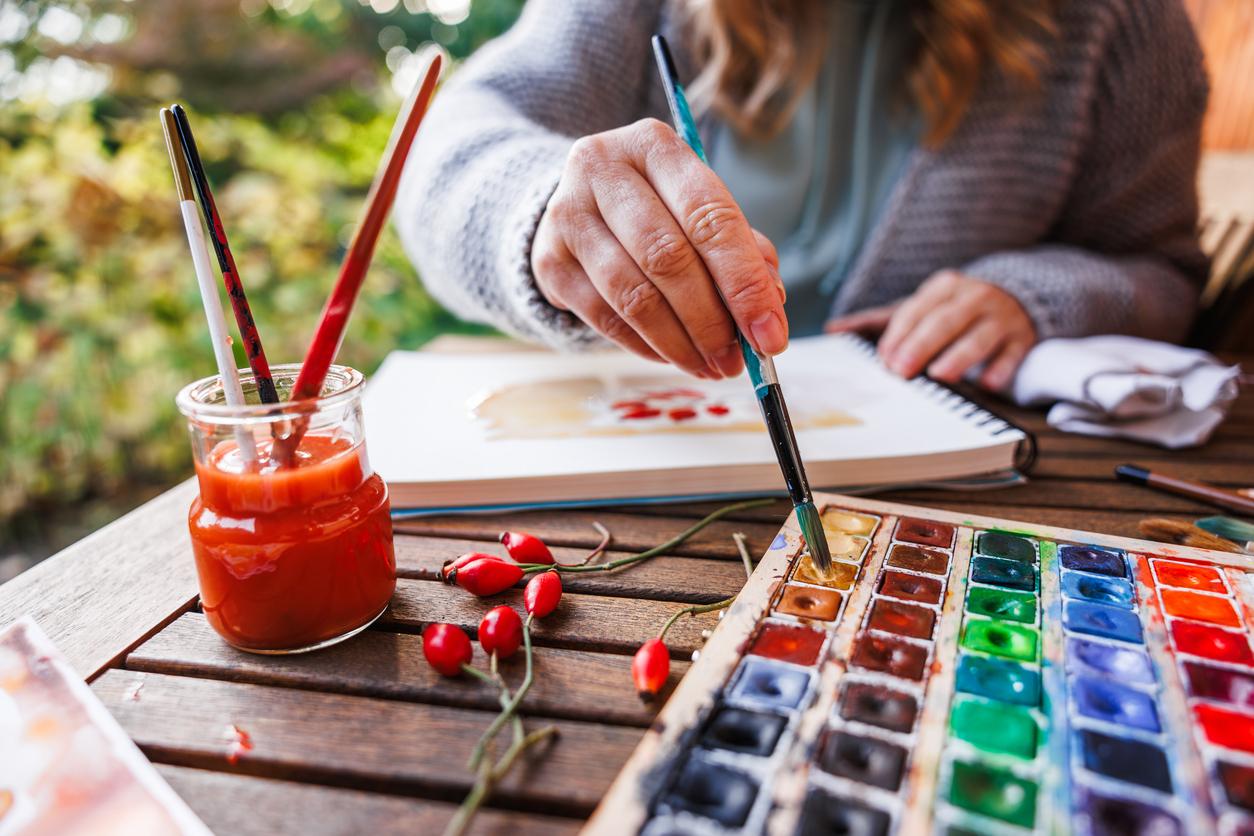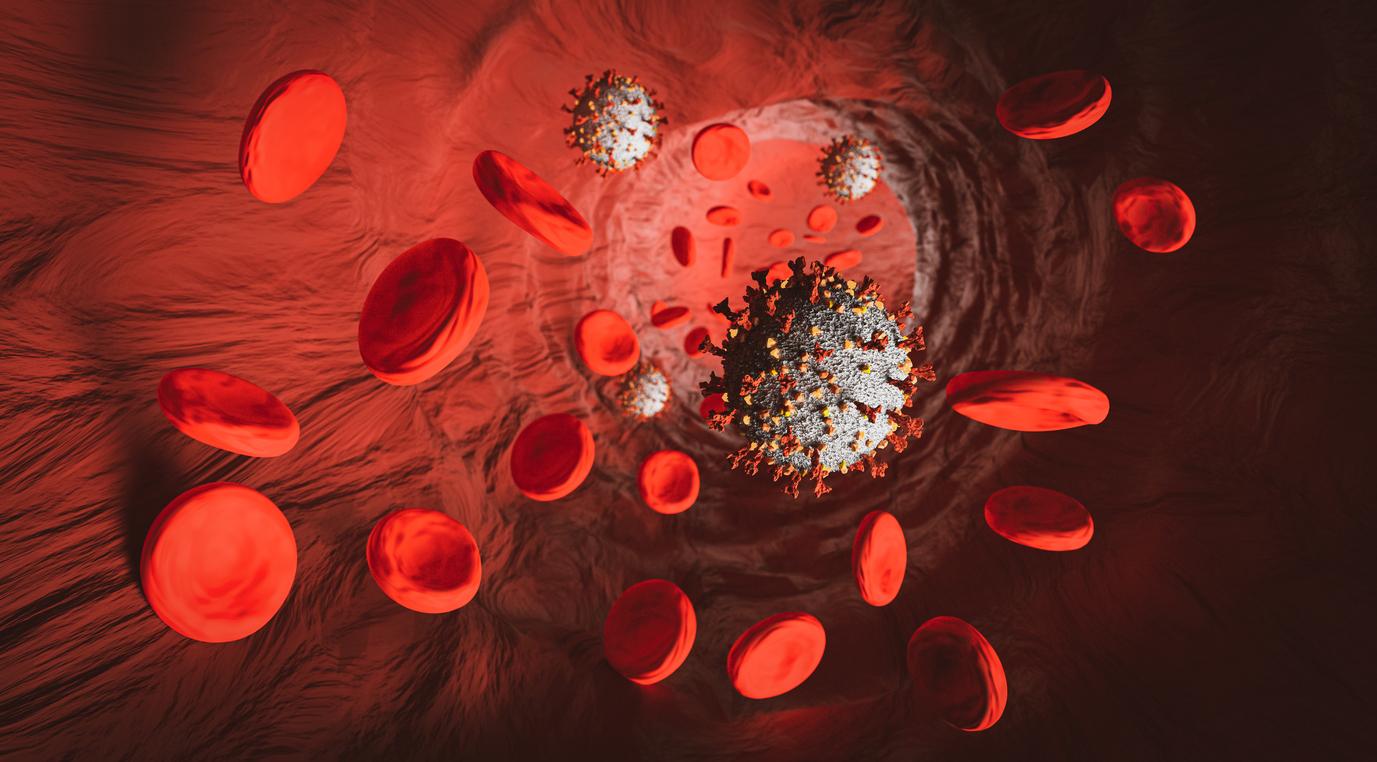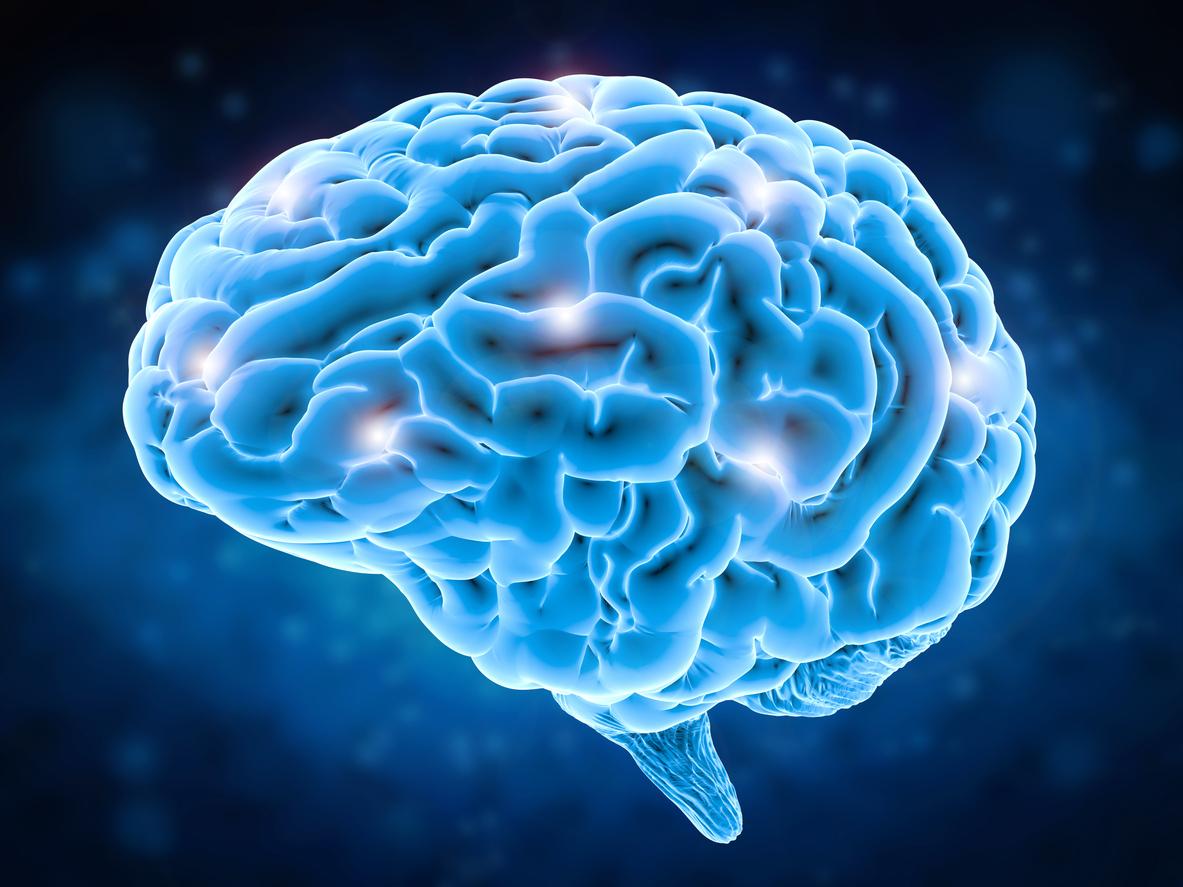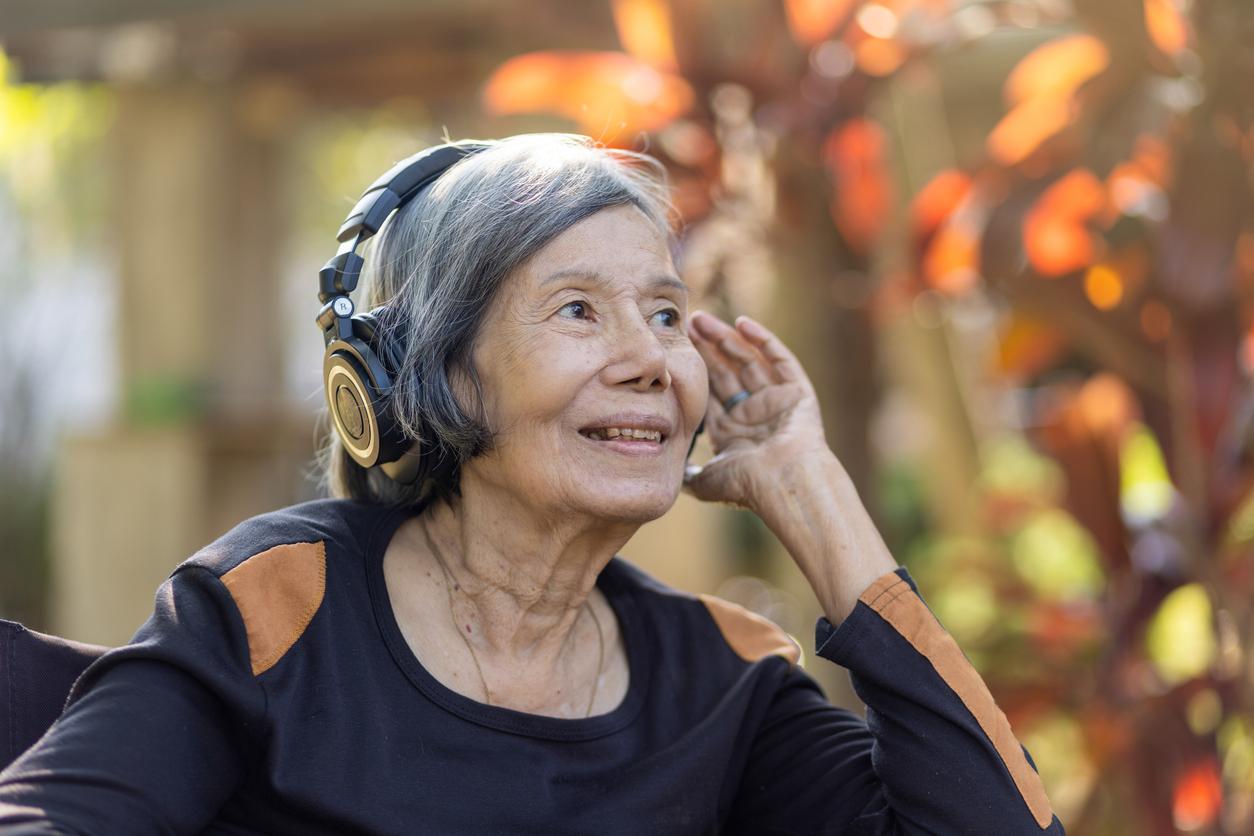This Sunday, October 27, 2024 marks European Depression Day. On this occasion, psychologist, art therapist and artist Michel Briat discusses a therapeutic method that helps many depressed patients reduce their dark thoughts and ruminations: art therapy.

Depression can affect anyone and at any age. According to estimates, one in 5 people have suffered or will suffer from this mental disorder during their life. European Depression Day, which has existed since 2003, aims to raise awareness of this mental illness and the importance of its treatment by professionals. They have several tools for this. Art therapy is one of them.
Why Doctor: What does art therapy consist of?
Michael Briat : To make a simple definition, art therapy consists of using an artistic medium for therapeutic purposes. I am a visual artist, painter, psychologist and art therapist. Thus, my workshops focus on the visual arts. But art therapy can concern all types of art: performing arts, music, theater, dance, writing, sculpture, painting. All artistic mediums can be used in art therapy.
The term art therapy was coined by British painter Adrian Hill in 1942. While being treated in a sanatorium for tuberculosis, the artist organized drawing and painting workshops. He then noticed that people who participated healed faster. Which led him to work and develop the concept of art therapy.
In psychiatry, art therapy is not used alone. It is mainly organized in a structure and is part of a care system. In personal development, there are not necessarily treatments. You can do this because you want to become more creative, explore new things, develop your abilities…
Depression: “Creation does not allow you to break down the wall, but to get around it”
How is art therapy an interesting method in the treatment of depression?
One of the characteristics of depression is that the patient feels like doing nothing. He has no desires, no desires. He lost his appetite for life and projects. Very often, depressed patients do not want to do art therapy at all. At the beginning, you have to motivate them or even bring them to the session. So, a person suffering from depression who participates in an art therapy workshop is already a big step for them, because they are making the effort to do something.
One of the benefits of art therapy is to increase your scope of creativity. The depressed patient generally thinks that he is not capable of creating, that he is worthless… but over the course of the sessions, he realizes that he has many more creative possibilities than he imagined.
Generally, people experiencing depression feel like they are at a dead end, like they are facing an impassable wall. Creation does not allow you to break the wall, but to go around it. Art therapy helps to get around situations that we think are inextricable.
Workshops can also help patients express things that have never been said. But art therapy is often done in groups in institutions and we cannot explore it in front of the group. Indeed, a trauma that resurfaces in a drawing, the group cannot necessarily absorb it. This is why it is preferable that the subject is taken up in an individual session afterwards. The word must be addressed to a professional in an intimate setting.
Art therapy and depression: “Little by little, we regain self-confidence by creating an object”
Is art therapy suitable for all types of depression?
For depression that is linked to external causes such as trauma, bereavement or professional burnout, art therapy can be very beneficial. This allows patients to reconnect with real things: matter, paper, color, movement and the group. This takes them out of their ruminations, their traumatic memories…
It also reconnects to “doing”. Doing it – that is to say the action of the hands – is essential in art therapy. This is what helps to escape mental rumination and dark thoughts. Little by little, we regain self-confidence by creating an object, an image. With art therapy, the depressed patient manages to rediscover himself. During depression, we feel devalued: firstly by ourselves, but also by others. Indeed, depression is generally not understood by loved ones. They often say: “you just have to move”, “you have to get up”. For example, a depressed teenager is often taken for a lazy person by those close to him.
Creation is thus an important element of art therapy, because it re-energizes, it helps to regain self-confidence, it gets rid of dark thoughts.
On the other hand, the workshops are not necessarily effective for very severe depressions such as melancholia. In these patients, there are almost catatonic states with delusions or even guilt. For them, it is complicated to act via art therapy, because we are close to psychosis. It is preferable to go through heavy psychiatric treatment.
Depression linked to bipolarity must be taken into account in a slightly different way in art therapy. This disorder is the succession of a depressive state and a manic state. Some psychiatrists are reluctant to use art therapy with this pathology, because they are afraid that the excitement of creation will lead the patient to take a manic turn. For me, it is possible to suggest that they join a workshop, but we must be very vigilant about this rise towards an “up” state and to manage it.
Art therapy: “it’s easier for people who haven’t painted since kindergarten”
Do we need to know about painting, music, drawing, theater or even know how to write to do art therapy?
No way. To be honest, doing art therapy with artists is the hardest thing. Whether they are actors, painters or dancers, they are completely destabilized in art therapy, because they are asked to do something other than their usual artistic practice. It’s very hard for them to let go of what they know how to do.
So, there is no need to be afraid. Art therapy is easier for people who haven’t painted since kindergarten. They let go more easily.
On the other hand, you have to find “your medium” for it to be effective. For some, this will be painting, for others writing or even sculpture. But generally, people know intuitively whether music, painting, or writing speaks to them more.
Most often, institutions offer several types of workshops: visual arts, singing, music, theater, writing, etc. so that patients find what suits them most.


















